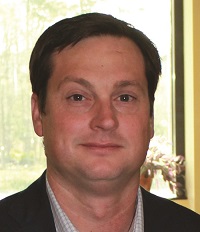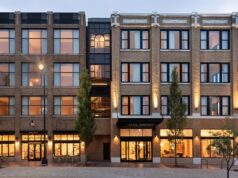
Most hotel managers and sales departments are very familiar with requests for proposal and the RFP process. However, most of the RFPs they work with are from organizations that want to do business with the hotel. For instance, hold a meeting or conference at the property and asking what the charges would be.
However, many green properties are not that experienced in writing their own RFPs, and for green hotel properties, an RFP is essential. This is because they are selecting cleaning supplies and products that are environmentally preferable.
But first, let’s make sure we are all on the same page. If preparing an RFP for cleaning and related products, here are the essential items you want to include in the template:
- When proposals are due and to whom they are to be delivered; often this is the first item listed in the RFP.
- Specify if you want sealed bids; this helps protect the integrity of the RFP process.
- A project description would be next. This would include a list of cleaning supplies needed for the hotel as well as paper products, sanitizers, liquid soap, etc.
- The length of the contract. Is this a one-year contract? Two years? Open ended?
- Some hotel managers list their budget for supplies; unless it is a very minimal budget, this should not be listed in the RFP.
- How supplies are to be monitored and re-ordered; essentially this involves communication between the distributor and the maintenance department of the hotel property.
- Times open for inspection. While this is more common with janitorial bids, a distributor might want to do a walk-through of the property.
- Requests for information such as how long the distributor has been in business; if they serve other hotels; references, etc.
This looks fairly complete. However, it is missing three key parts that should be in every RFP. These include: product discovery; product exploration; and product evaluation.
We will discuss each of these below.
Product Discovery
This step is often referred to as uncovering the goals of a green property when it comes to the selection of cleaning-related supplies. Very often these goals are not always clear making this a very important part of the process. For instance, we agree that only green-certified cleaning products are to be selected, but which certification organization do we put our trust in? GreenSeal? UL/Environment? Greenguard?
Today, many certification agencies specialize. For instance, some put more emphasis on indoor air quality issues than the others. Managers need to determine what green focus is most important to them.
Often it is good to ask questions to help determine goals. These might include the following:
- Are all cleaning products to be green-certified or are their exceptions and why do we have these exceptions?
- Are hard surface floors to be finished? (Some properties believe it is “greener” to leave floors unfinished.)
- If they are finished, how often are floors to be refinished?
- Paper products are certified by different organizations. Similar to cleaning solutions, which certification standard do we want to honor?
Product Exploration
While it involved a school district and not a hotel property, the following is quite common. When performing a product exploration, which is an inventory of all cleaning-related products currently being purchased, it was uncovered that the district had been buying some supplies used for the same or similar purpose.
Why is this a problem? This is referred to as “procurement redundancies.” When we purchase several products for the same or similar purpose, it becomes more difficult to take advantage of savings from bulk pricing or manufacture’s rebates; it requires more products to be delivered and packaged, conflicting with our sustainability goals; causes storage problems; and increases housekeeping training needs. All redundancies should be eliminated in the final RFP.
Product Evaluation
Our product exploration helps lead us to product evaluation, essential to preparing a more effective “green” RFP. Many times, managers turn to a janitorial distributor to help with product evaluation; go to different manufacturers’ websites to compare products; or use an online “dashboard” system that helps evaluate and compare a number of products in one place, one of which is free to use.
Here is how this can help. Let’s say we do finish our floors and use a green floor finish. However, the product is a few years old. Speaking with a distributor or using a dashboard system, we find another floor finish that is certified by the green certification organization we prefer. Further, due to mixing ratios (water to chemical), it is less expensive to use, and the product is designed to last 12 or more months on a floor surface instead of six, as is recommended by our current product.
Sounds like a better buy? Yes, it is. But without doing a product evaluation, we would not be aware of this product. Green-certified products have improved over the years and it is vital that hotel managers be aware of this. With this information available, they can make more effective purchases and prepare more effective RFPs.
One final suggestion. Typically, about 10 RFPs are sent out with the goal of narrowing the field to the top three. Ask each of those vendors to come in and individually make a presentation. It gives hotel managers a “feel” for each vendor and who they might prefer working with.
Michael Wilson is Vice President of Marketing for AFFLINK, a global leader in supply chain optimization and developers of ELEVATE, providing clients with innovative process and procurement solutions to drive efficiencies in today’s leading businesses. He can be reached through his company website at www.afflink.com.







